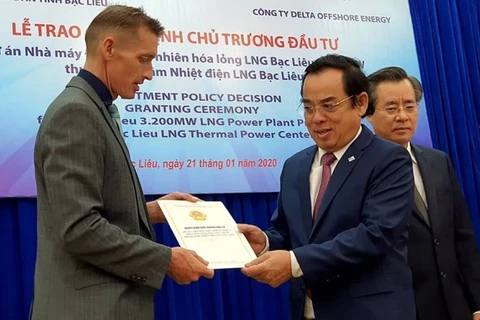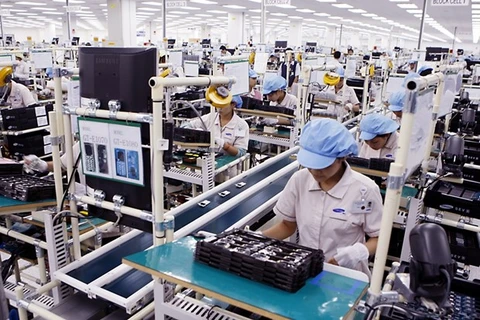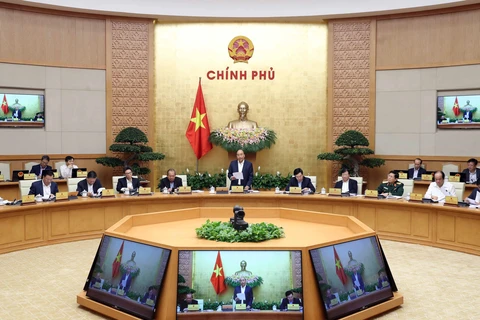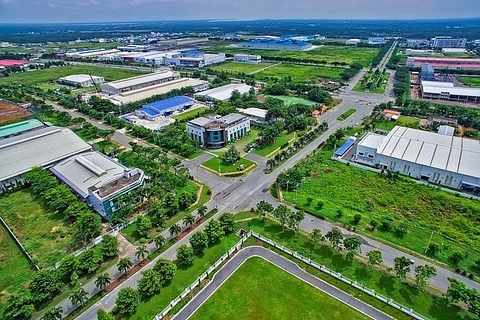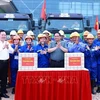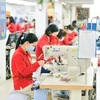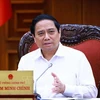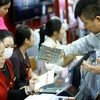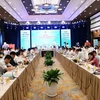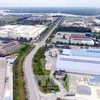Hanoi (VNA) – Vietnam granted investment licenses to 758 new projects worth 5.5 billion USD in the first quarter of 2020, up nearly 45 percent from the same period last year, according to the Foreign Investment Agency under the Ministry of Planning and Investment.
The increase was attributed to the attraction of the 4-billion-USD liquefied natural gas project in the Mekong Delta province of Bac Lieu.
More than 230 existing projects registered to adjust their capital with an additional 1.07 billion USD in the January-March period, equivalent to 82 percent of the same period last year.
Meanwhile, the value of capital contributions and shares purchases by foreign investors reached almost 2 billion USD, equivalent to 34.4 percent of the same time in 2019.
Meanwhile, FDI disbursement was estimated at 3.85 billion USD, a year-on-year decline of 6.6 percent.
Foreign investors pumped capital into 18 sectors, of which the electricity generation and distribution took the lead with total pledged capital of over 4 billion USD, making up 47.5 percent of the total registered investment.
The processing and manufacturing sector ranked second with total investment of 2.72 billion USD, followed by the retail and real estate with respective sums of 682 million USD and 264 million USD.
Singapore topped the list of 87 countries and territories investing in Vietnam with 4.54 billion USD, accounting for 53.1 percent of the country’s FDI.
Japan came second with 846.7 million USD, followed by China with 815.6 million USD.
The Mekong Delta province of Bac Lieu was the most attractive among the 55 cities and provinces receiving FDI with 4 billion USD, or 46.8 percent of the total.
The southern economic hub of Ho Chi Minh City ranked second with total registered capital of 506.8 million USD, followed by the capital city of Hanoi, southern Binh Duong and Ba Ria-Vung Tau provinces./.

